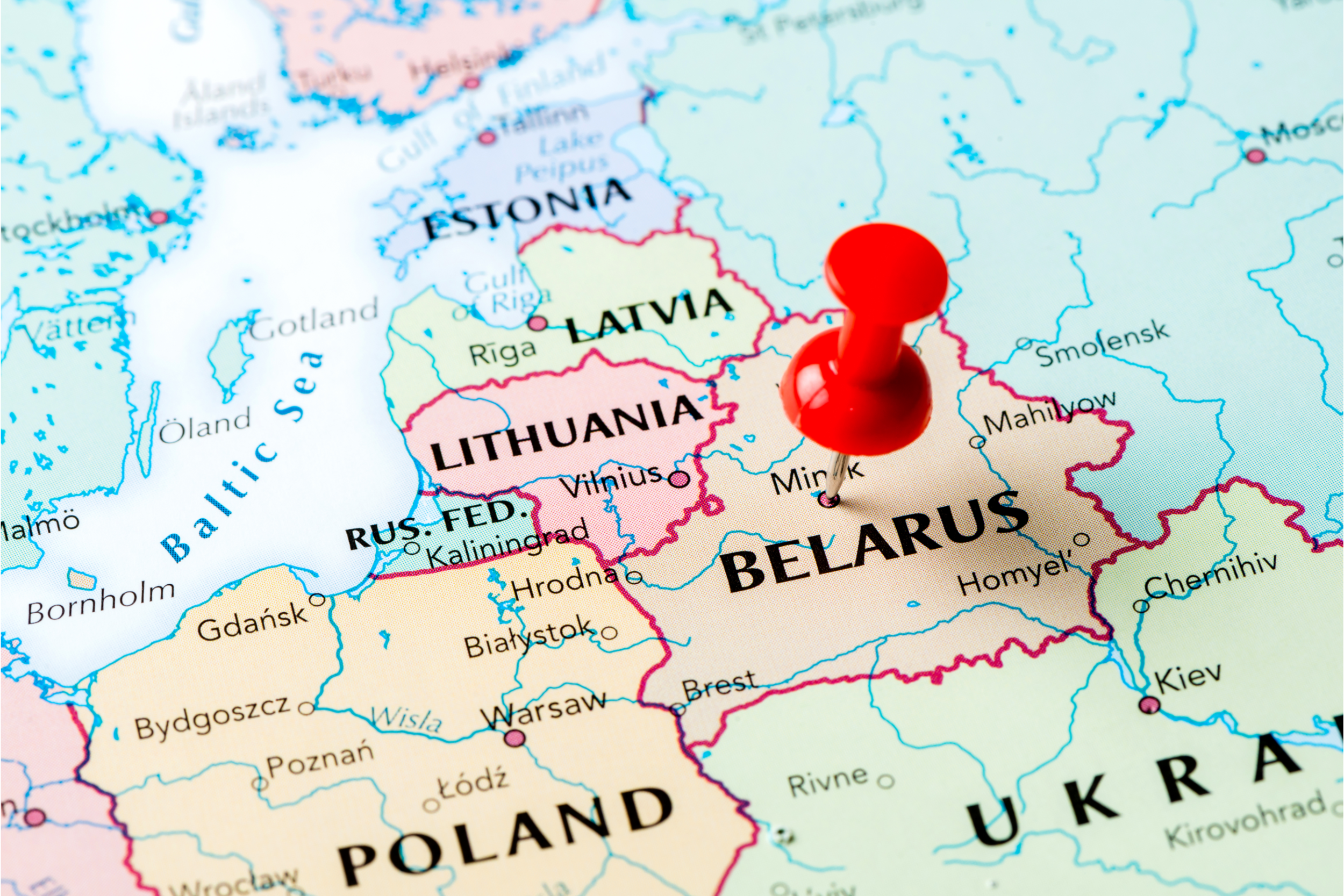Belarus hammers out long-term industry development plan

Belarus adopted a 10-year pig industry development plan to reverse the protracted downward trend in pork production.
As a part of the plan, Belarus will build 12 state-of-the-art pig farms through 2034, Natalia Sonich, head of the livestock department of the Belarusian Agricultural Ministry, said in a video. 4 farms will be designed to grow more than 100,000 pigs for slaughter per year, Sonich added. “We have developed a strategy for establishing ultra-modern pig farming,” Sonich emphasised.
In 2024, Belarus manufactured 413,000 tonnes of pork, she noted. Providing that the new programme is implemented as planned, by 2034, the production will reach 500,000 tonnes, she estimated.
As a part of the transition, some old pig farms will be shut down and converted to growing cattle and poultry, Belta, a local state news outlet, additionally revealed.
Reversing the downward trend
Belarus has been in a relentless battle against the pork production crisis. Over the past decade, the output in the industry dropped by nearly a quarter, and the downward trend persists.
In the first quarter of 2025, Belarusian farmers kept 1.97 million pigs, nearly 13% less than 2.27 million kept last year, the National Statistical Committee estimated.
Pig population plummeted in all parts of the country, except for the Mogilev region. Homel and Minsk regions lost nearly a third of their pigs over the past year.
Competition with Russian pork
Belarus bets on ultra-modern industrial farms, as they are better protected from African swine fever (ASF) and hopes they can withstand competition against imports from Russia.
During the first quarter of 2025, Russia exported 27,000 tonnes of pork to Belarus, 50% up compared with the previous year, the official customs data showed.
In 2024, Belarus imported 99,000 tonnes of Russian pork, a historic high. Russia is now meeting around 20% of demand on the Belarusian pork market, and this figure has a good chance to grow, as Russian pork production is on the rise and the domestic market experiences oversupply.







